How To Cook Flank Steak
How to cook flank steak. This is important to know. When I am in the mood for a tasty, beefy steak with a bit of chew I turn to flank steak. It is one of the most versatile cuts of beef there is – usable for a variety of cuisines from Asian to Mexican and anything in-between. To cook a flank steak, the most important thing is high, dry heat. This can come from a grill, grill pan, or a broiler. A flank steak is seared for 4-5 minutes per side and that is pretty much it.
How To Cook Flank Steak – To Marinate or Rub?
With such simple techniques needed to cook flank steak, the main focus can be on flavoring. A flank steak will take nicely to a marinade, but it is not compulsory. In truth, as a child, I thought all beef had to be marinated and the only marinade was Italian dressing. I wonder how many bottles of Wish Bone Italian dressing my family went through – every kebab and London broil (I am not sure our London Broil was flank steak back then but I could be wrong – I think London Broil is a vague term with lots of interpretations and certainly nothing to do with London) was co-sponsored by Wish Bone. The partnership spilled over to our salads, too. Who didn’t love the orange french dressing? And what exactly made it French? Why label it Catalina?
These culinary mysteries are for another post and I digress. A light coating of oil, an assertive use of kosher or sea salt and a few good cracks of black pepper go a long way on a flank steak. Of course, any dry rub mix you like will do just fine, too. Although a flank steak is not the most fancy cut of meat, it still deserves a topping that can stand up to it. A vinaigrette is always nice, skhug (a spicy, herby mediteranean sauce would be great) and, the one I think of most when I think about how to cook flank steak, Argentinian chimichurri. Chimichurri is so delicious with flank steak that it is hard to imagine flank in any other way (until I think of fajitas with just a squeeze of lime and some salsa – I can’t decide). The thing about chimichurri though is that I like it authentic – which translates roughly to no #$%$#$ cilantro and very spicy. There is not a Gaucho alive who would consider putting cilantro in chimichurri. The Pampas wither at such a thought. I think the Argentinian Constitution spells out cilantro free chimchurri as a right of the people.
How To Cook Flank Steak – The Details
Season or Marinate
If marinating, mix your marinade (think vinaigrette here – 1 part acid like lemon juice – 3 parts vegetable oil + goodies like a few cloves of crushed garlic and some chilli peppers + salt and pepper). Place your steak in a sealable plastic bag or non reactive container and pour the marinade over the steak. Marinate as long as you can even if it is only a few minutes while you are doing other prep work in the kitchen. Some people marinate for an hour, some over night. It is up to you. If you are just seasoning the meat, coat it lightly with vegetable oil and your seasonings.
Sear The Meat
If you are broiling, turn the broiler on high (or “on” if there are no other settings). Broil the meat 4-5 inches from the heat source for 3-5 minutes per side or until it reaches your desired level of cooking. If you are using a grill, it should be a hot one – again, 3-5 minutes per side or until it reaches your desired level of cooking. If you prefer a grill pan, heat it until a drop of water scurries across the pan then sear the meat 3-5 minutes per side or until it reaches your desired level of cooking. To test level of doneness, use an instant read thermometer – Rare -120 to 130 degrees. Medium-Rare – 130 to 140 degrees. Medium – 140 to 150 degrees. Well- Over 150 (careful here as a flank can get leathery) For tenderness it is best not to over cook flank steak.
Slice The Meat
A flank steak has an obvious grain where you can see the direction the muscle fibers run. Slice across the muscle fibers in thin slices with the knife at about 45 degrees. Typically, flank steak is sliced in thin strips (great for salads and fajitas), but the slices can also be long and wide, leading to longer flatter pieces of steak. Do this by slicing across the grain, starting your slice about 1/3 of the way down the steak and angling your knife at a lower angle then 45 degrees. Longer, wider slices make for a great way to serve it and great sandwiches with the leftovers!
And here is that authentic chimichurri recipe! A big thanks to Olivia – an Argentinian who lives in Buenos Aires!- who gave us the recipe.
- 1-4 cloves of garlic (more or less to taste)
- 1 small bunch of parsley (about a cup)
- 1 tsp of paprika
- 1 tsp of chilli flake (more or less to taste)
- 1 tsp of fresh oregano
- 1 cup of olive oil
- 1/2 cup of red wine vinegar
- 2 bay leaves
- salt and pepper
- Wash and chop the parsley. Peel the garlic and chop it finely. The garlic and parsley can also be chopped in a small food processor or crushed together using a mortar and pestle.
- In a small bowl, mix the parsley and garlic with paprika, chilli flake, oregano, and a dash of salt and few cracks of black pepper. Stir all the ingredients together.
- Add the olive oil and the vinegar and stir well until all the ingredients are mixed. Add the bay leaves whole. Let stand and let the bay infuse about 30 minutes. Discard the bay leaves.
- Keep it in a airtight container in the refrigerator.
- This is a perfect sauce for a barbecue! It is great with steak, but it is also with chicken, lamb or pork.
Keep Eating! Keep Innovating!
How do you cook your flank steak? Let us know all about it in the comments or on Facebook.
The Culinary Exchange can also be found on Twitter, Instagram, Pinterest, Google+ and YouTube.
Come On! Follow Along!

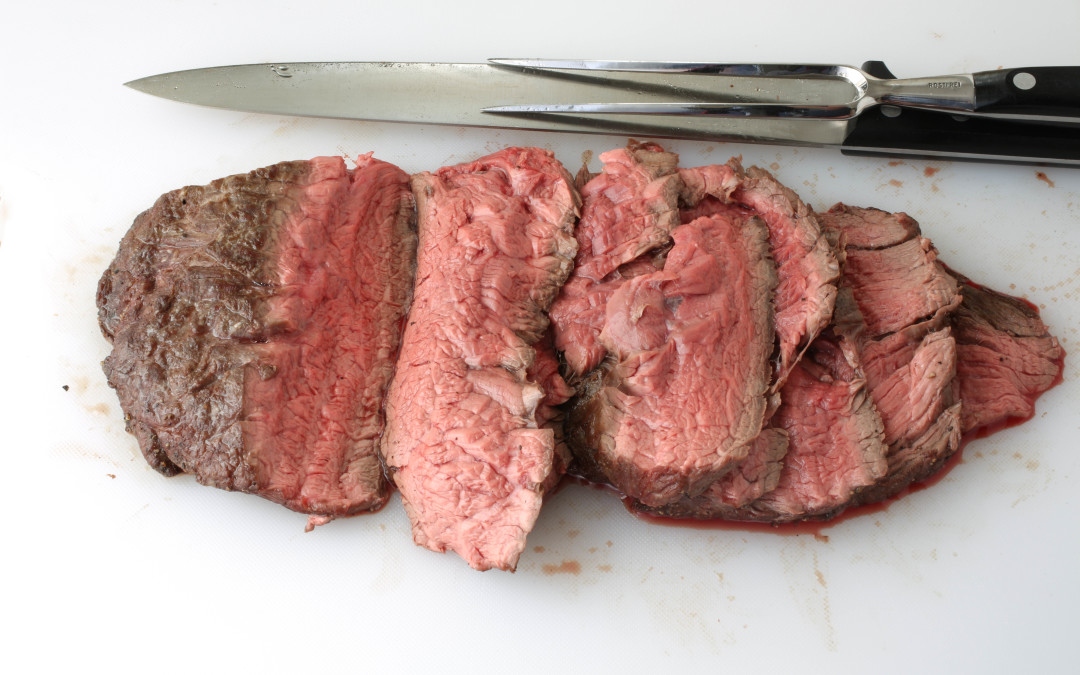
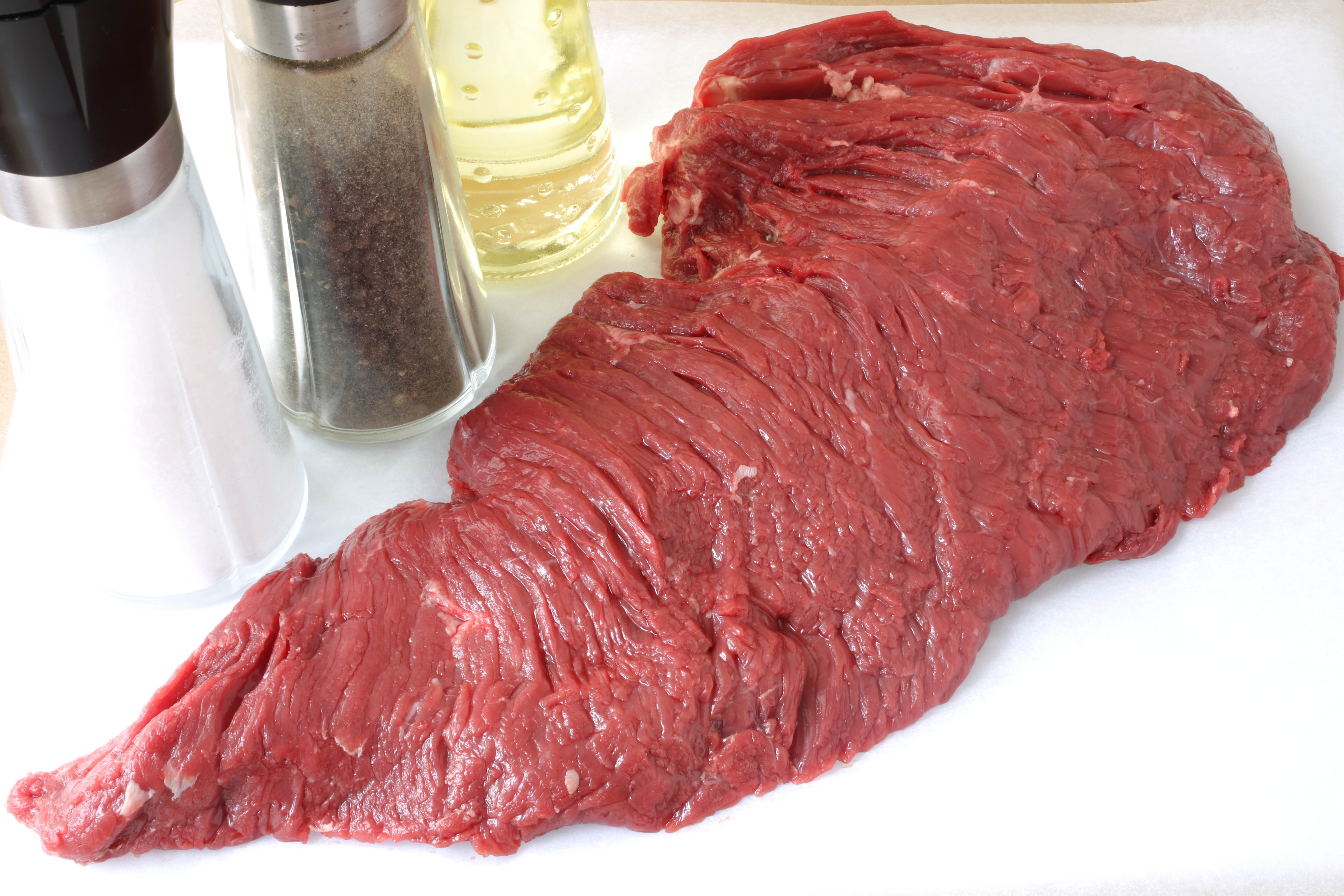

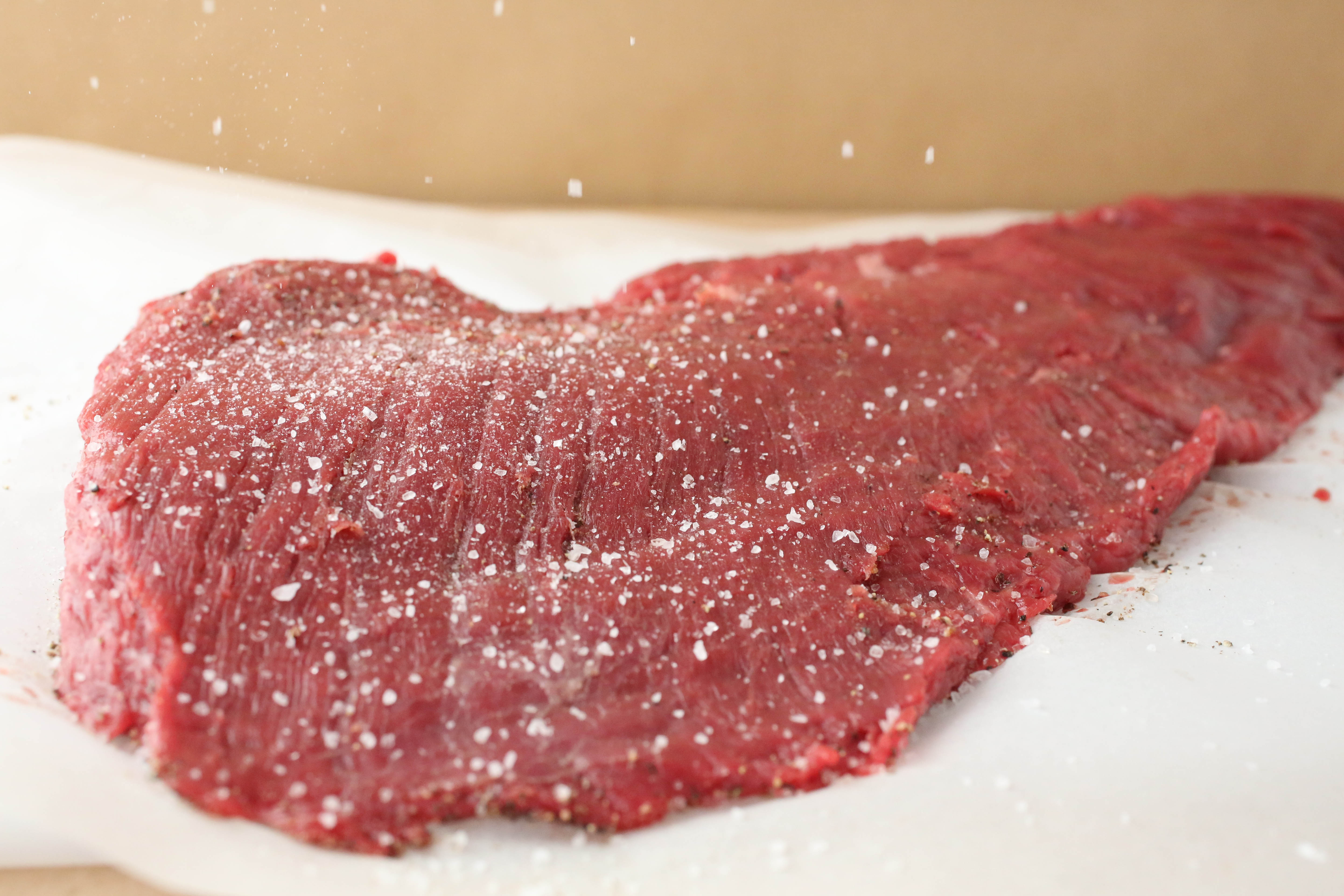
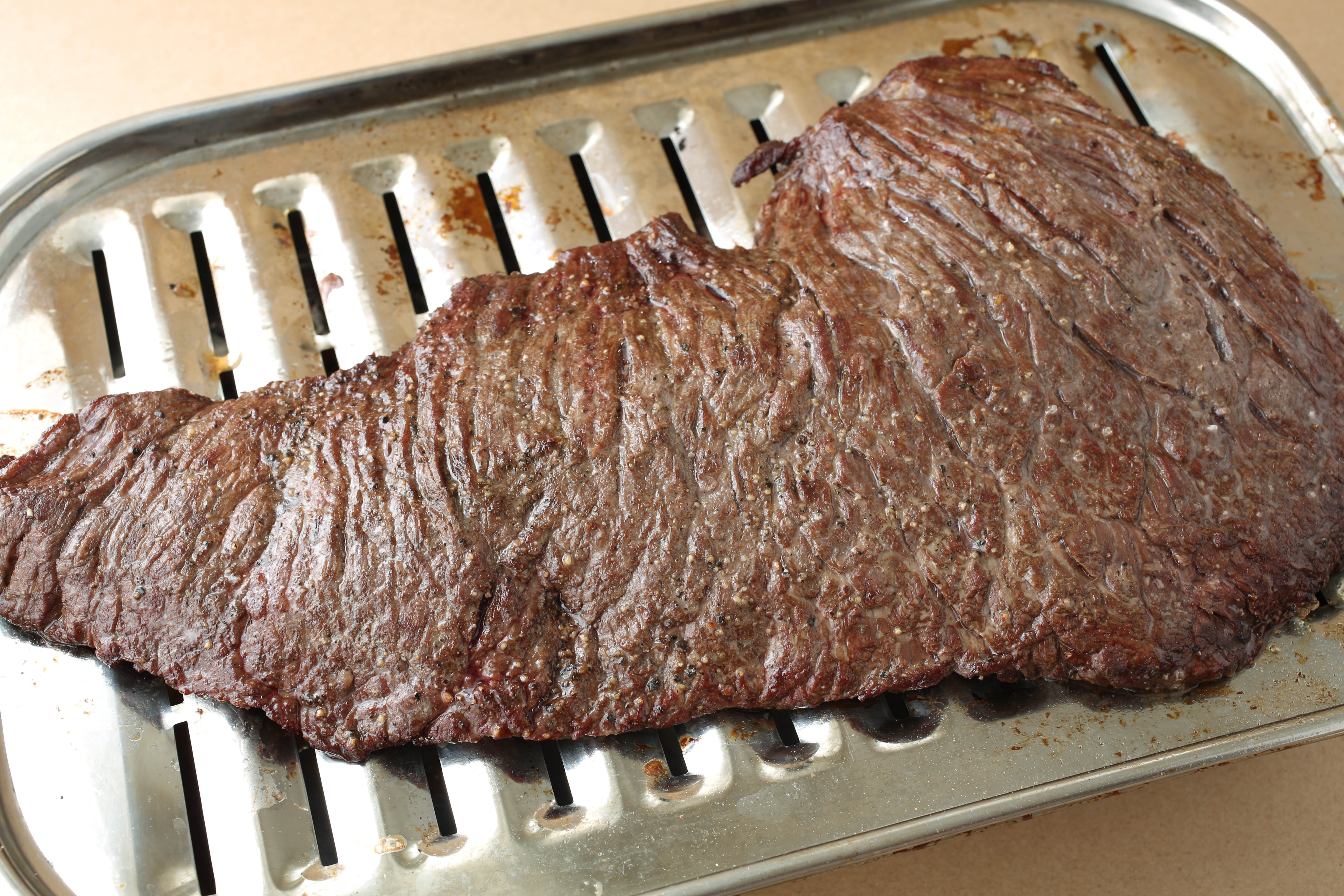
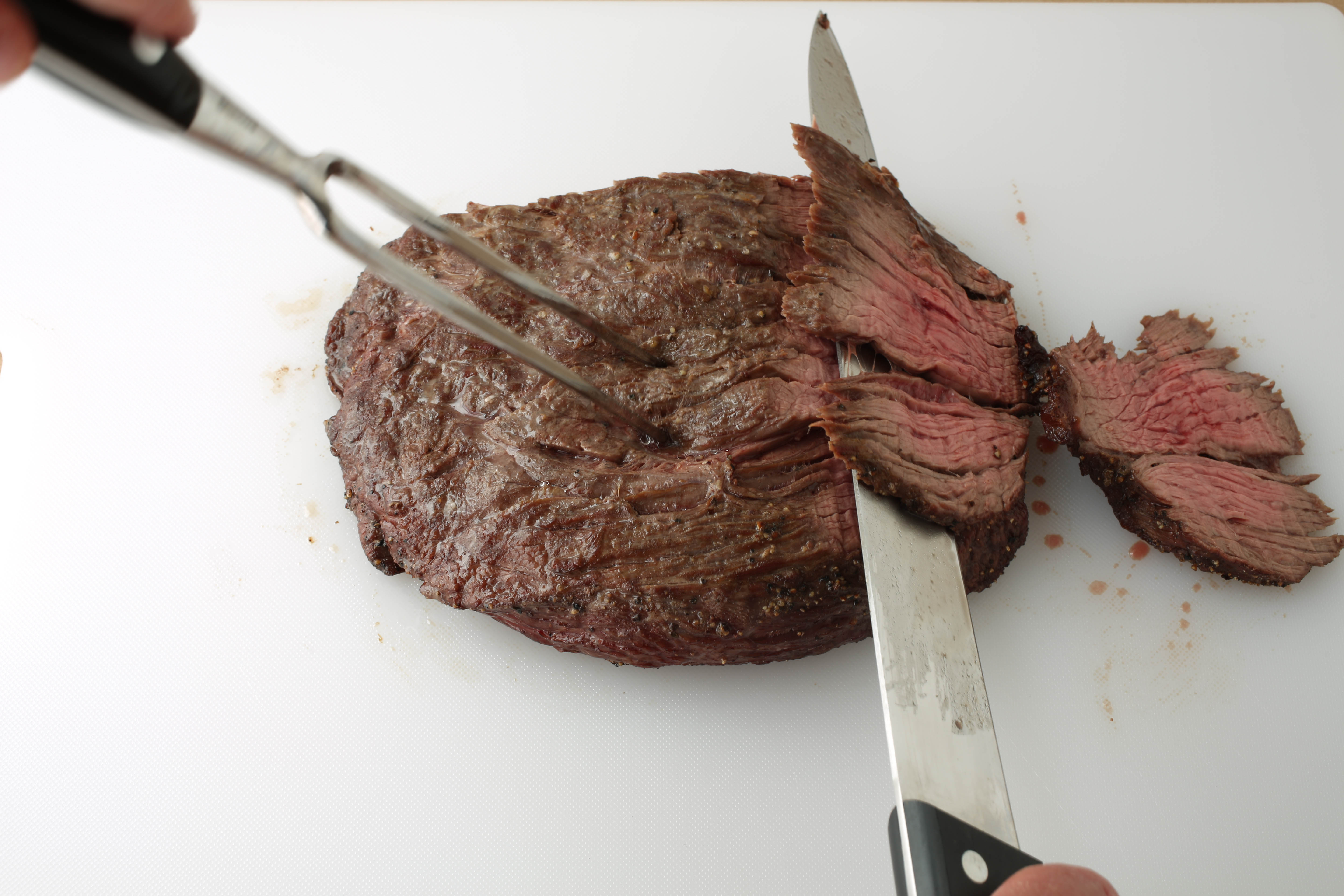
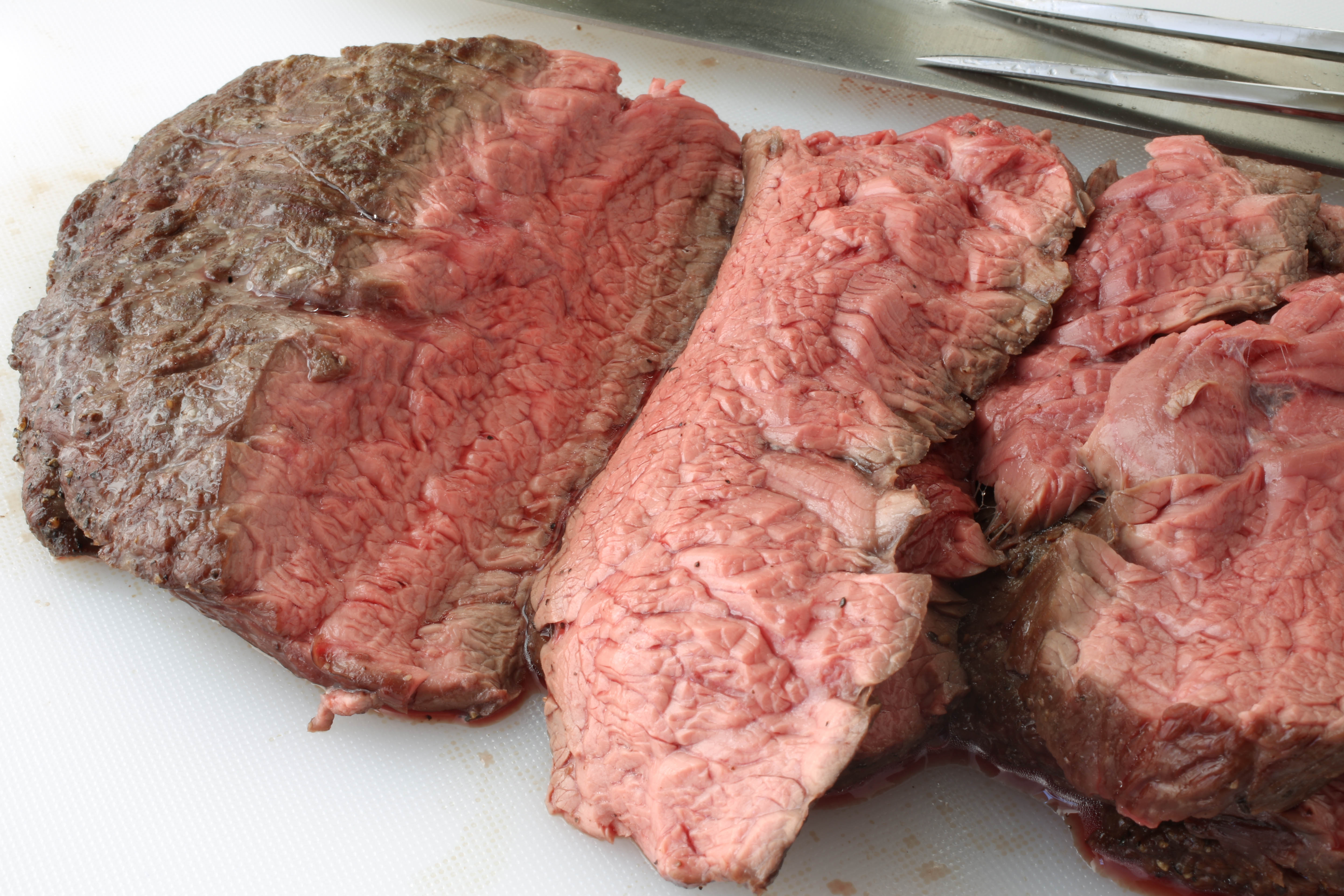



Trackbacks/Pingbacks